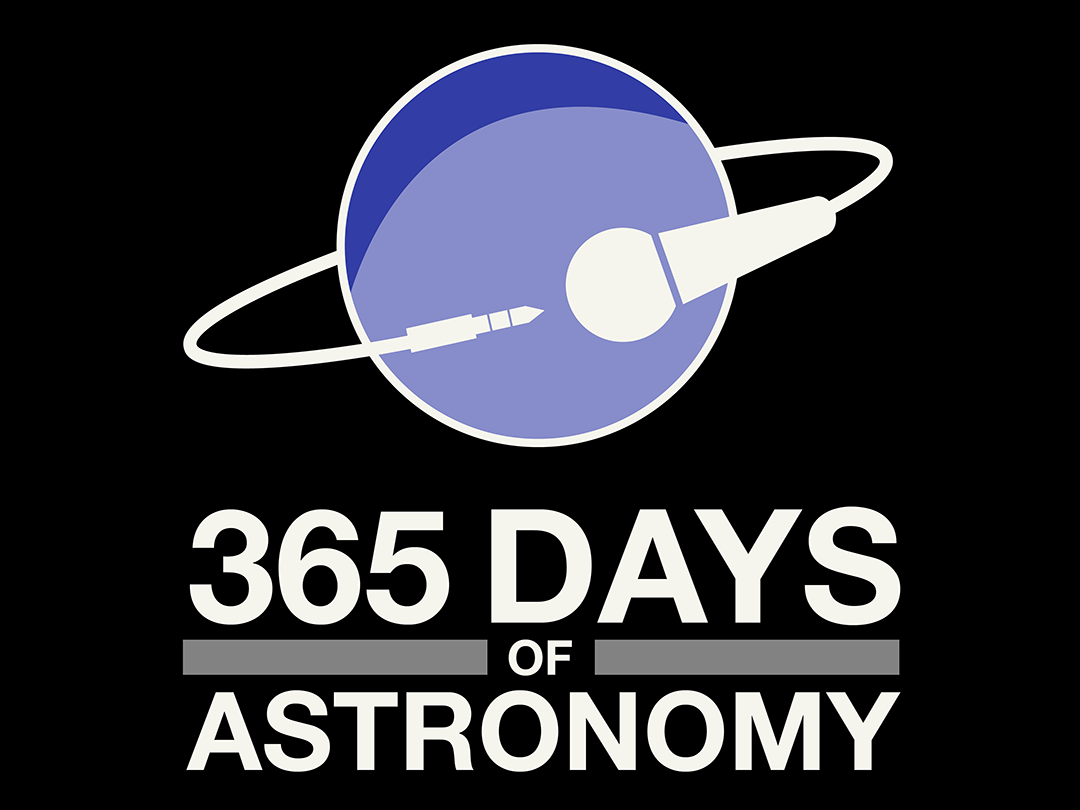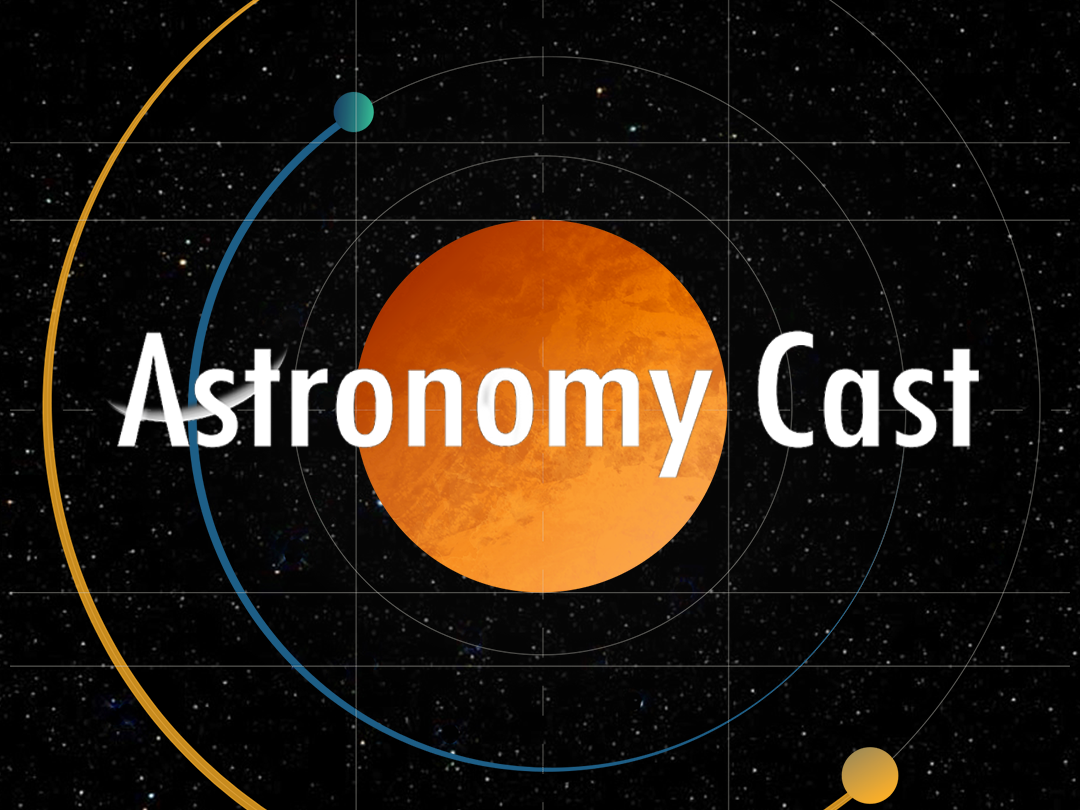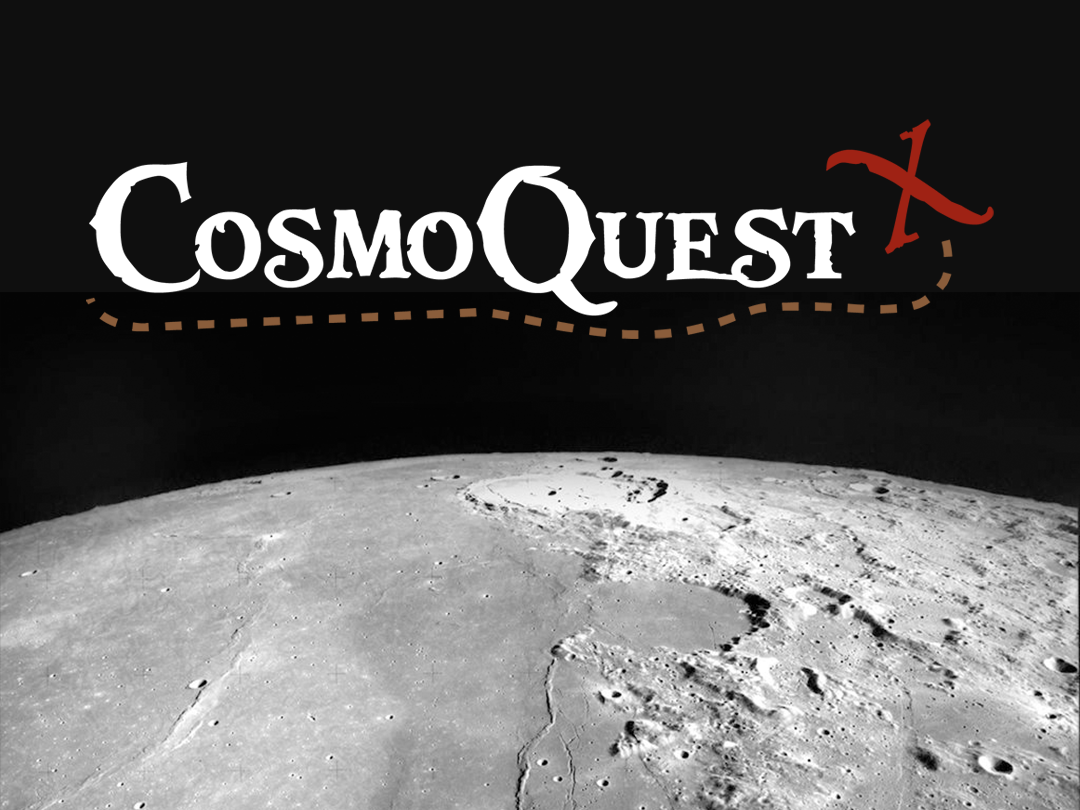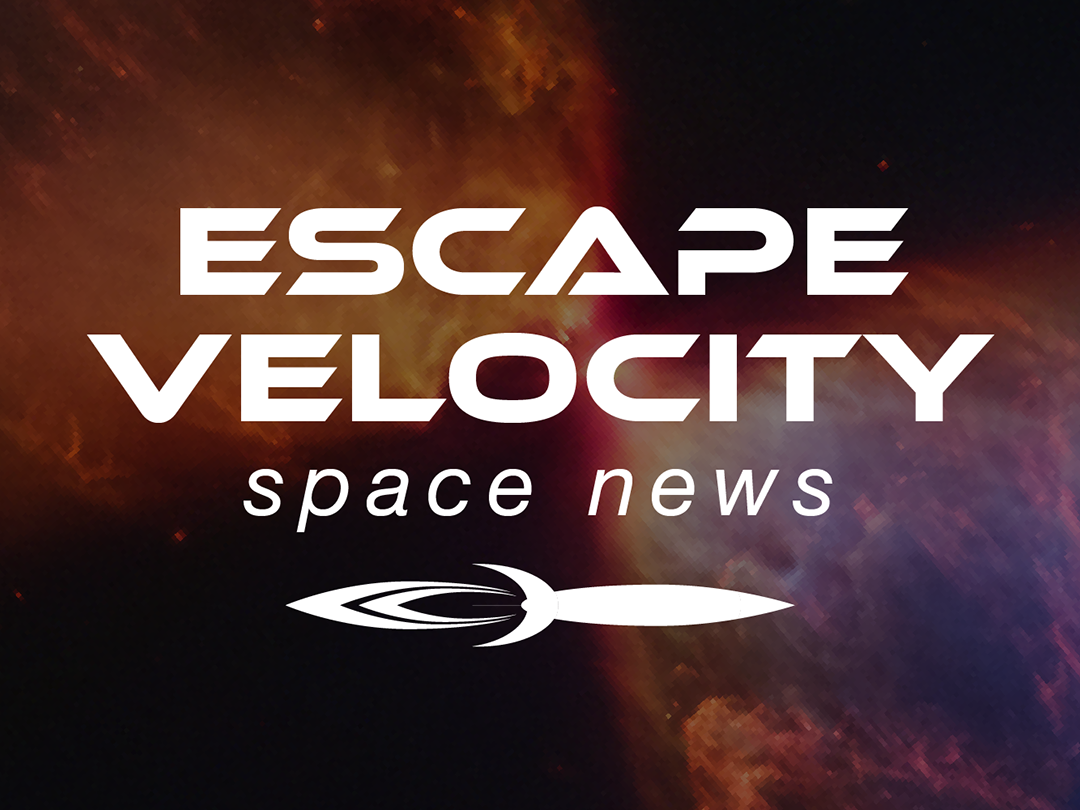 Science
Science
![]()
Sci Comm
![]()
Software
![]()
Art

Curriculum Vita
Need a conference speaker or show guest?
Need someone to science your audience? Want to learn more about astronomy’s latest discoveries, the role of everyday people in exploring our universe through citizen science, or someone to talk about how the astronomy advances at the speed of computing thanks to innovations in AI/ML, GPUs, and more? I am available for your IRL or virtual event. (View select past presentations here)
Latest Essays & Articles
A Few Caveats regarding Day Length
I have to admit I have spring fever. I seem to have moved to a part of the country where the seasons actually follow the solstices and equinoxes, and politely divide themselves into 4 fairly equal parts. My crocuses are blooming, shorts are starting to appear on some of the more robust males on campus, the Canadian geese have paired off (which is actually very freaky), and tonight the Sun crosses the equinox at 7 minutes after midnight in Greenwich (that’s GMT-0). The Sun, when it rises over Edwardsville and campus tomorrow, will be hanging out over the Northern Hemisphere.
When I teach about equinoxes and solstices in class, the observant student may notice a slight discrepancies between what is taught and what they find in their newspaper. For instance, I’ll say that on the Equinox, the Sun rises exactly in the East and sets exactly in the West (totally true). I’ll say the Sun passes directly over the Equator at the Equinox (also, totally true). And, I’ll say the day and the night are equal on the Equinox (kinda sorta true). What I don’t do is define sunrise and sunset, and this is where that last “kinda sorta, huh?” moment comes into play.
Honesty in Observing:
The Crab Nebula & an 8.2-m telescope
 As I’ve mentioned before, press releases that don’t really contain science are one of my pet peeves. That said, one such press release came across my inbox this morning and made me giggle happily. The image was of the Crab Nebula (above left: credit: NAOJ); a nearby supernova remnant formed in 1054. The telescope in question was Subaru; an 8.2-m telescope in Hawaii operated by Japan’s National Institutes of Natural Science. Subaru isn’t a facility that buries reporters in press releases. This pretty picture was just press release #4 for 2007, and the other three were solid new results (as were all the non-instrument or education related releases of 2006). So why did this non-science press release from such a respectable press office make me giggle?
As I’ve mentioned before, press releases that don’t really contain science are one of my pet peeves. That said, one such press release came across my inbox this morning and made me giggle happily. The image was of the Crab Nebula (above left: credit: NAOJ); a nearby supernova remnant formed in 1054. The telescope in question was Subaru; an 8.2-m telescope in Hawaii operated by Japan’s National Institutes of Natural Science. Subaru isn’t a facility that buries reporters in press releases. This pretty picture was just press release #4 for 2007, and the other three were solid new results (as were all the non-instrument or education related releases of 2006). So why did this non-science press release from such a respectable press office make me giggle?
Here is a quote from Toru Yamada, one of the observing team’s members: “We just wanted to look at something beautiful.”
I love honestly.
Fun with Mnemonics
 In Astronomy we have two terrible patterns of words to try and remember. One is the order of the planets: Mercury, Venus, Earth, Mars, Jupiter, Saturn, Uranus, Neptune (image left, credit: NASA). The other is the spectral types of stars: O, B, A, F, G, K, M. For both these patterns we have unsatisfying mnemonics. This week I am assigning my students to please come up with a new one for spectral types (and they can submit them in the comments here as well as in their HW if they want to share).
In Astronomy we have two terrible patterns of words to try and remember. One is the order of the planets: Mercury, Venus, Earth, Mars, Jupiter, Saturn, Uranus, Neptune (image left, credit: NASA). The other is the spectral types of stars: O, B, A, F, G, K, M. For both these patterns we have unsatisfying mnemonics. This week I am assigning my students to please come up with a new one for spectral types (and they can submit them in the comments here as well as in their HW if they want to share).
As well as getting their ideas, I thought I’d ask what you, my often silent non-student readers, think are useful ways to remember the planets and stars. So, in the comments, give me a sentence to remember you and the stars and planets by!







